► Rolls-Royce’s Series II Cullinan tested
► Fresh technology and a new look
► Does it still feel like a proper Rolls-Royce?
Six years ago there was a lot of embarrassed coughing and a few howls of outrage when Rolls-Royce unveiled the first Cullinan. Partly the negativity was down to the very idea of a Rolls-Royce SUV. Like Ferrari with the later Purosangue, Rolls didn’t call it an SUV, initially favouring the awkward phrase ‘high-sided vehicle’, but an SUV it very plainly was.
The outrage and discomfort abated when people drove it and found it to be pretty good. An SUV, yes, but mostly a Rolls-Royce.
However, it took much longer for the other issue to go away. In fact, it still hasn’t. And that’s the question of its looks. Visually, the Cullinan is a failure on many fronts. The proportions are wrong. The Rolls-Royce grille sits oddly on a car that has a bash plate. And from behind it looks like an LEVC black cab.
Was Rolls-Royce bothered? It was not. The Cullinan has been a key driver of the company’s growth in recent years, with only a small Covid blip. Not only have sales soared – 2023 was an all-time record – but average transaction prices have gone up, small international markets have become big markets, and the average age of Rolls-Royce owners has gone down: 56 in 2010, 43 today.
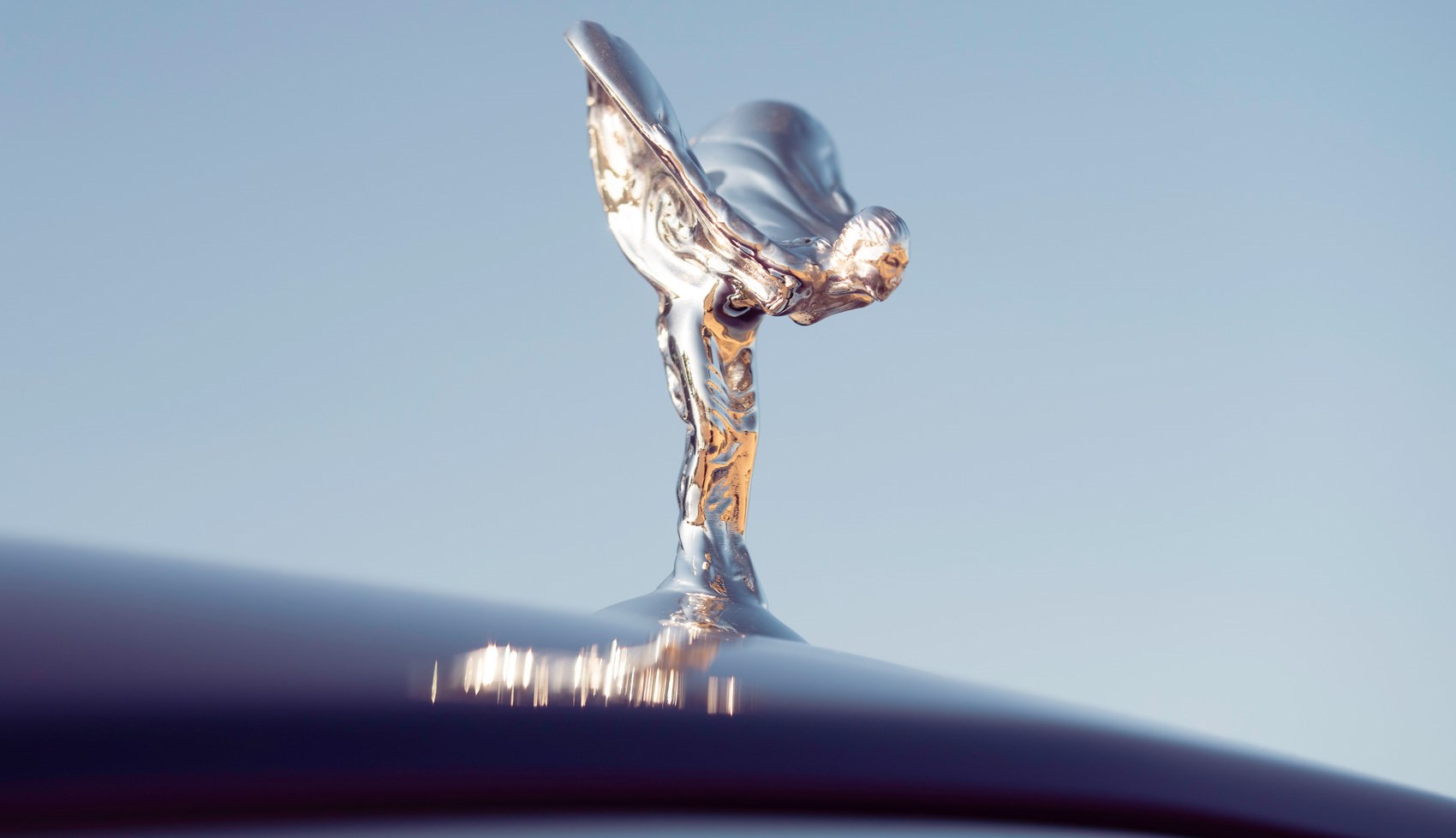
Phantom aside, the typical Rolls-Royce is now driven by its owner, rather than by a chauffeur. And an ever-increasing number of customers are taking the Bespoke route: way beyond simply ticking a few boxes on an options list, this is an interactive process whereby customer and Rolls experts liaise on personalising the car to suit the buyer’s tastes and lifestyle.
At a glance
Pros: Roomy, refined and rapid
Cons: Expensive, thirsty and wasteful
What’s new?
Series II is a rather literal version of the midlife facelift. The main change is to the appearance of the front end. The new grille has crisper edges, less roundness, more sheer surfacing. There’s a new V-shape to the area under the grille – Rolls suggests we imagine a motor boat pushing the water aside. And there are new daytime running lights, which have a slightly slimming effect on the front end. There are reshaped air intakes.
The rear end also gets some visual tweaks – new surrounds for the exhaust exits, a more prominent bash plate, a new section of gloss black bodywork – and the sides, where the sills that used to be matt black are now gloss black. There are new wheels, a multi-faceted seven-spoke design available in either part-polished or all-polished finish.
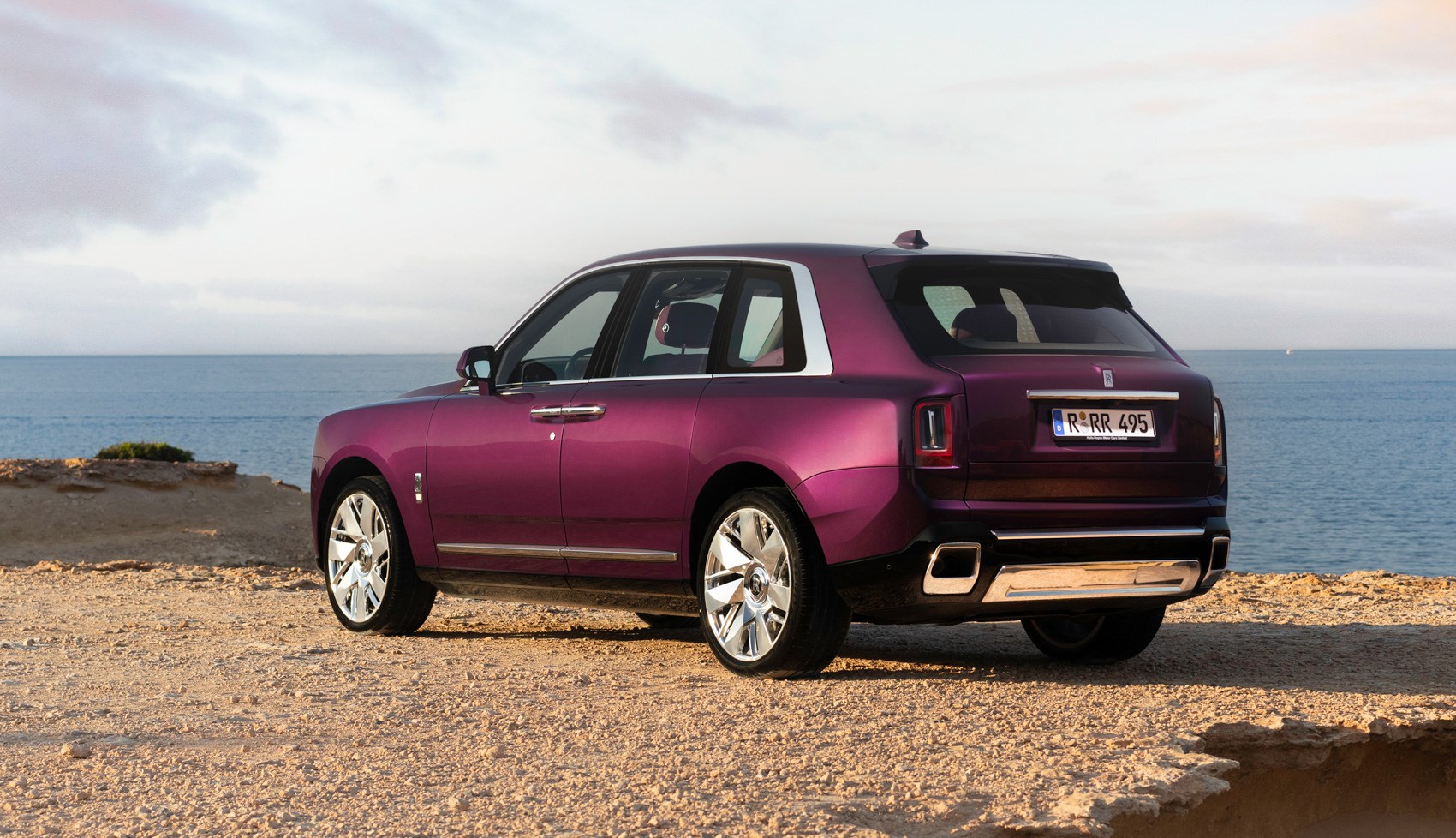
It now looks less like a London taxi and more like an outsize Fiat 500X.
Inside, there’s a new facia, similar to that already seen in the Ghost and Spectre. There’s also now the option of non-leather upholstery for the first time on a series-production Goodwood-era Rolls-Royce, with the arrival of a bamboo-based fabric.
Mechanically, very little has changed. The increase in wheel size from 22 to 23 inches has required the engineers to recalibrate the air suspension.
What are the specs?
Under the vast bonnet you find exactly what you found before: a 48-valve twin-turbo 6.75-litre V12, essentially the same as that employed in the Phantom and Ghost.
There’s no hybridisation. Unavoidably, because it’s a big V12 pulling a heavy, unaerodynamic car, it’s not clean or frugal.
The official fuel consumption figures are 16.8-17.7mpg, and the CO2 emissions 363-380g/km.
The engine drives all four wheels through an eight-speed automatic transmission. There’s no manual gearshifting by paddles or stick – you engage D or R with a stalk on the steering column.
The Cullinan is a foot longer than the Range Rover and slightly wider, but not as tall – and the occupants benefit hugely from this cubic capacity, although the rest of the world may occasionally scowl at having to squeeze over a bit for an SUV that’s about the same size as a long-wheelbase Ford Transit van. In the US, its size is much less likely to raise any eyebrows than in Europe.
The aluminium spaceframe is a version of the hardware also used in the Phantom, Ghost and Spectre. The body is predominantly aluminium too.
The air suspension system uses a double-wishbone front axle and a five-link rear axle. It has electronically actuated active anti-roll bars and electronically controlled dampers. The road ahead is scanned to help the suspension system anticipate the condition of the surface.
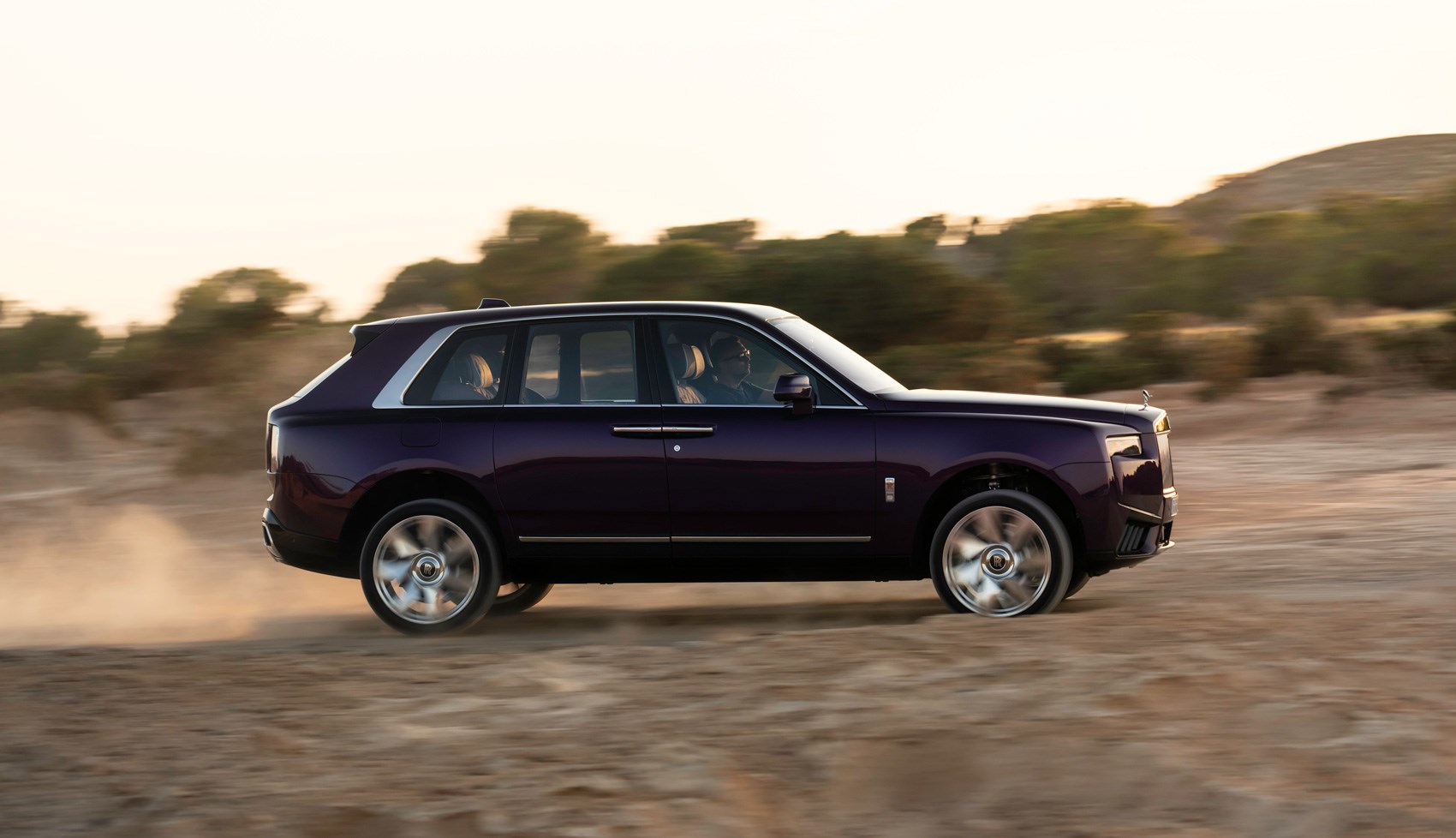
In Off Road mode, the air suspension increases the car’s height by 40mm to improve clearance over rocks and ruts. The gearing and traction control are automatically adjusted to cope with loose surfaces.
There’s also a hill descent control system to take the strain out of going downhill off-road, by precisely controlling the engine for you in a low gear setting, rather than using the brakes.
The air suspension can be lowered at the touch of a button to make it easier to get in and out without losing your dignity.
What about the interior?
The boot is a useful 600 litres, or 1930 litres with the rear seats folded, and access is easy thanks to a top-hinged hatch and a bottom-hinged lower section, pick-up style. That lower section is sturdy enough to be sat on while you watch the polo etc.
You can specify four seats or five – and if you go for three seats in the back, there’s still plenty of room for all. Front and rear, the seats are not particularly plush but they are multi-adjustable and well shaped to support you comfortably over long distances.
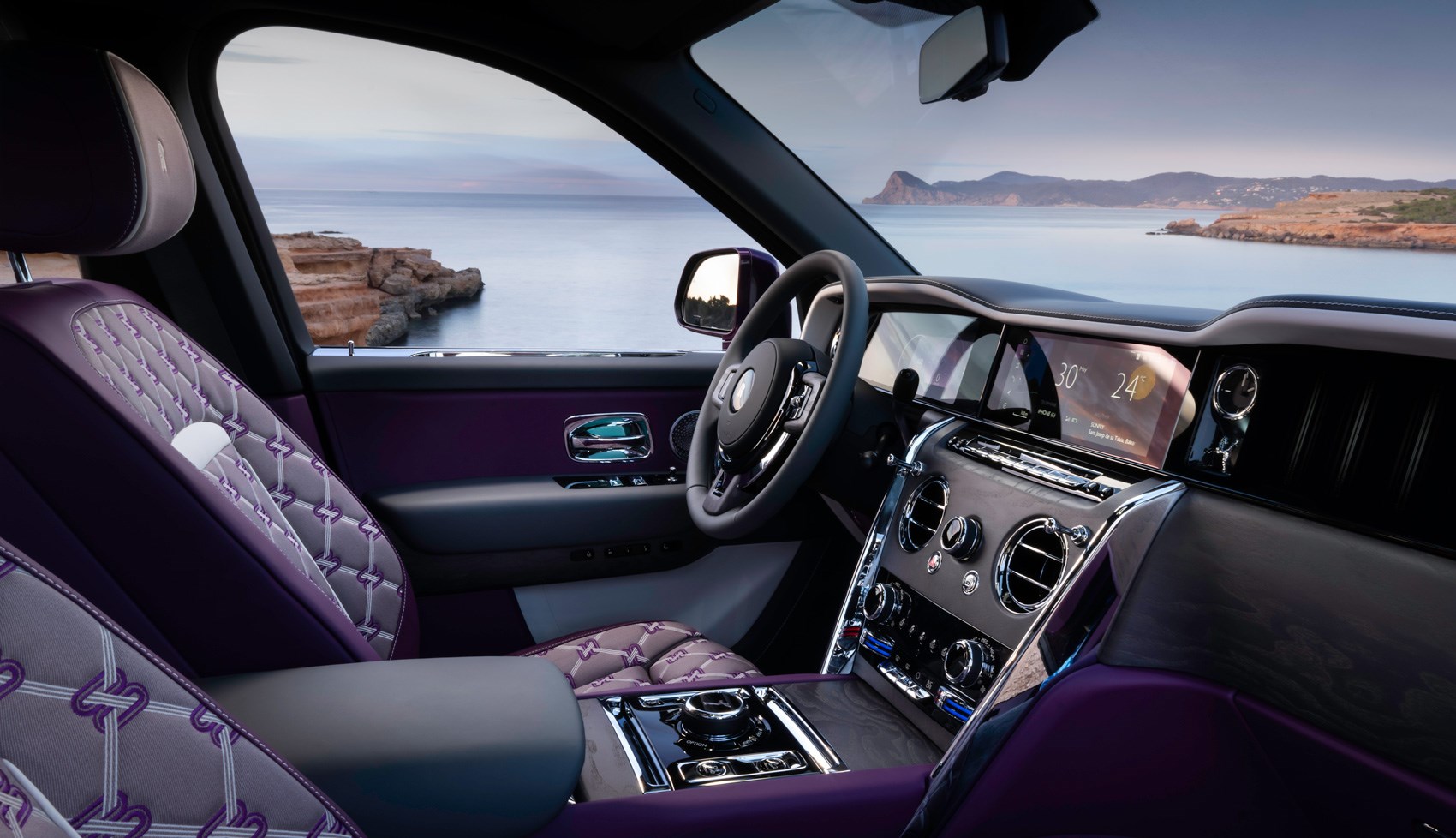
The cabin is more digital than before, but that’s still mixed with a lot of physical switches and dials. The driver’s instruments are digital, with a central screen that can be operated by touch or by the iDrive rotary controller, and many functions can also be operated by voice.
There are soft keys under the touchscreen for quick access to most-used functions. It’s a big car, so it has room to offer this belt-and-braces approach without feeling cluttered. The climate control system is entirely physical, making it very easy to accurately adjust on the move without taking your eyes off the road.
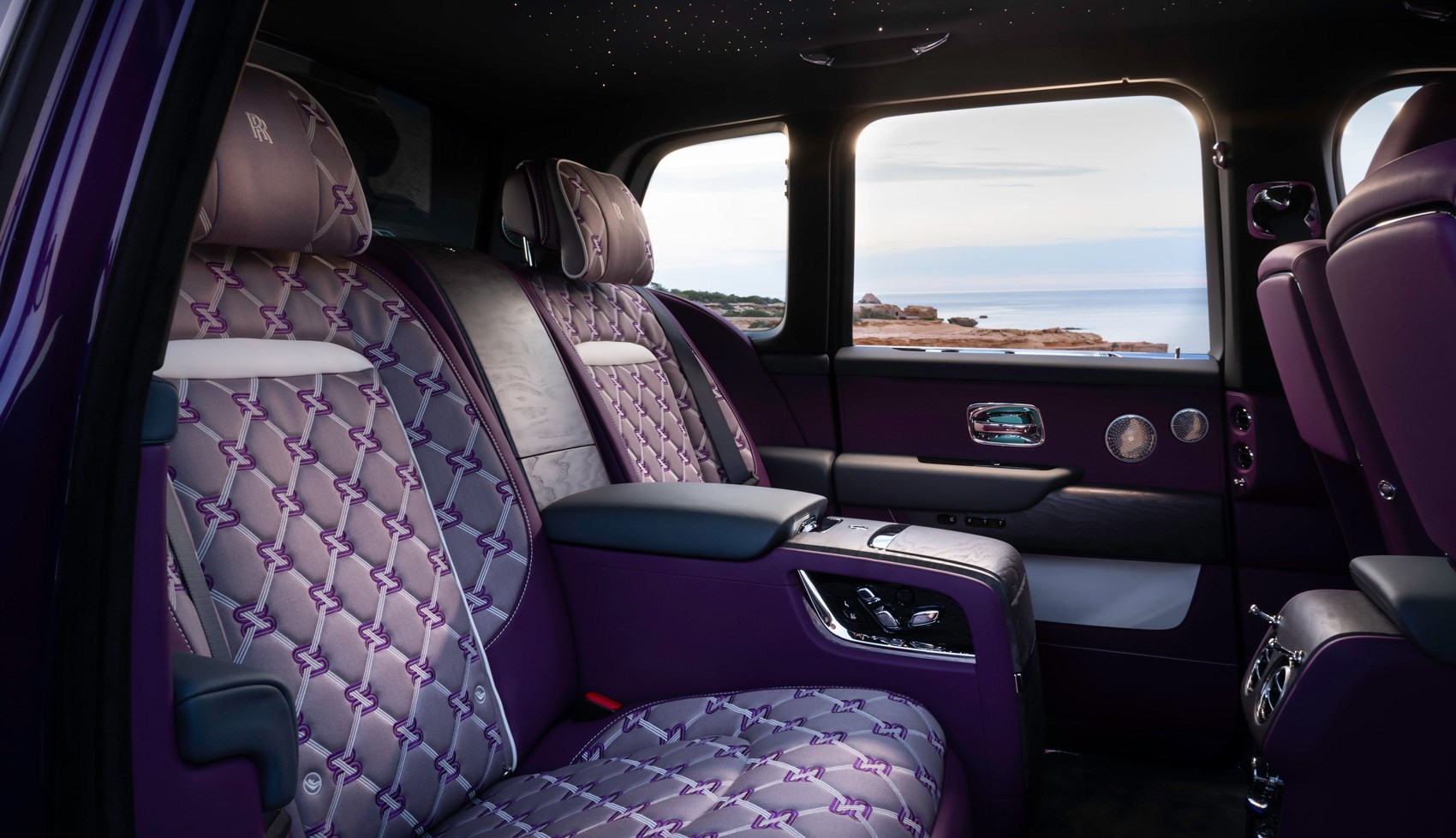
Big interior changes include the new pillar-to-pillar glass dash, which is functional on the driver’s side and in the middle, and decorative on the passenger’s side. Between them is a new analogue clock with, for the first time, an in-cabin Spirit of Ecstasy. The dash lights up in three phases when you open the door. First the driver’s instruments, then the passenger’s section, and finally the clock cabinet and mascot. It’s quite an event after dark.
How does it drive?
Yes, it’s still very heavy, and yes, it now has even bigger wheels than before. And yet it rides and corners well. The calibration adjustments to the suspension have been done very well.
There’s a revised lane-keep assistant, that doesn’t just tell you you’re wandering out of your lane but actively encourages correction. But you can dial it down.
The brakes, as before, could be more powerful. You always stop in time, but there are occasions when you’d want a bit more power and a more direct-feeling connection between pedal and retardation.
Low button on the gear stalk is a sport mode in all but name. It holds on to a low gear for longer, letting the revs go higher, and firms everything up slightly.
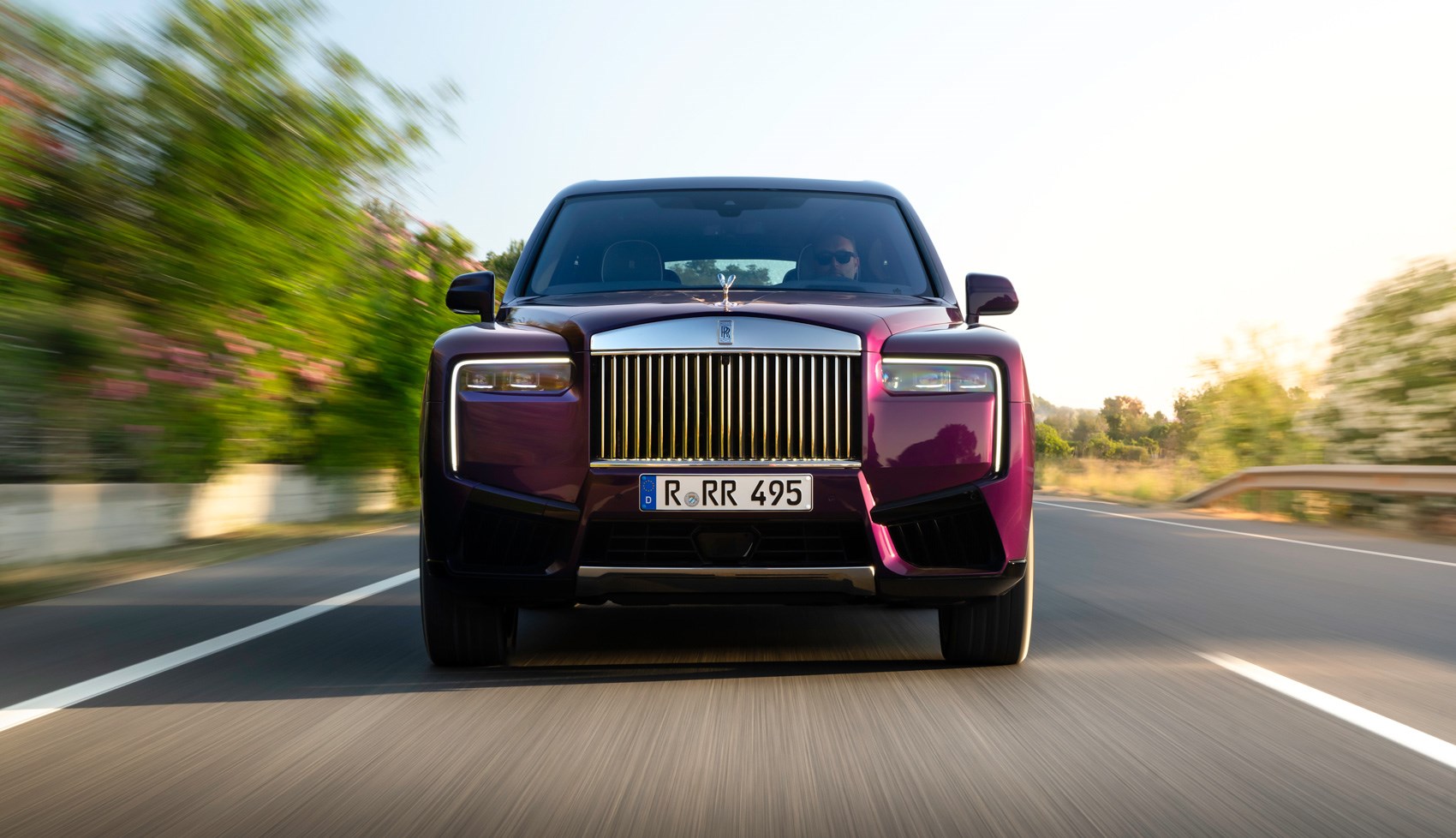
The steering is lovely and natural. Relaxed, but accurate. It’s a big car, but you get a good view of the extremities, helped by cameras if need be, and you soon learn the trick of using the Sprit of Ecstasy’s wing tips as a guide to how close to the edge of the road you are.
Once you’ve relaxed into it, which really doesn’t take long, you just point the prow where you want it to go and it goes there.
In the back it’s divine. Take your shoes off, enjoy the carpet, adjust the air-con to your precise requirements, and revel in the vast amounts of room in every direction.
It all very hushed, even at those times when the driver is making haste. It feels more like floating than riding along on big wheels. And you get to look up at the fake night sky, which can be oddly calming.
Before you buy
There are two versions, the regular Cullinan (referred to by some as the ‘Silver Badge’) and the Black Badge, reviewed separately.
The Black Badge has more black trim inside and out. It also has more power and torque – up by 28bhp and 37lb ft on the regular car, giving a token 0.1sec improvement in the 0-62mph time – and a slightly louder exhaust note.
There is, however, the caveat that a wealthy customer can work with the Bespoke department to turn a Silver Badge into something closely akin to a Black Badge, or vice versa.
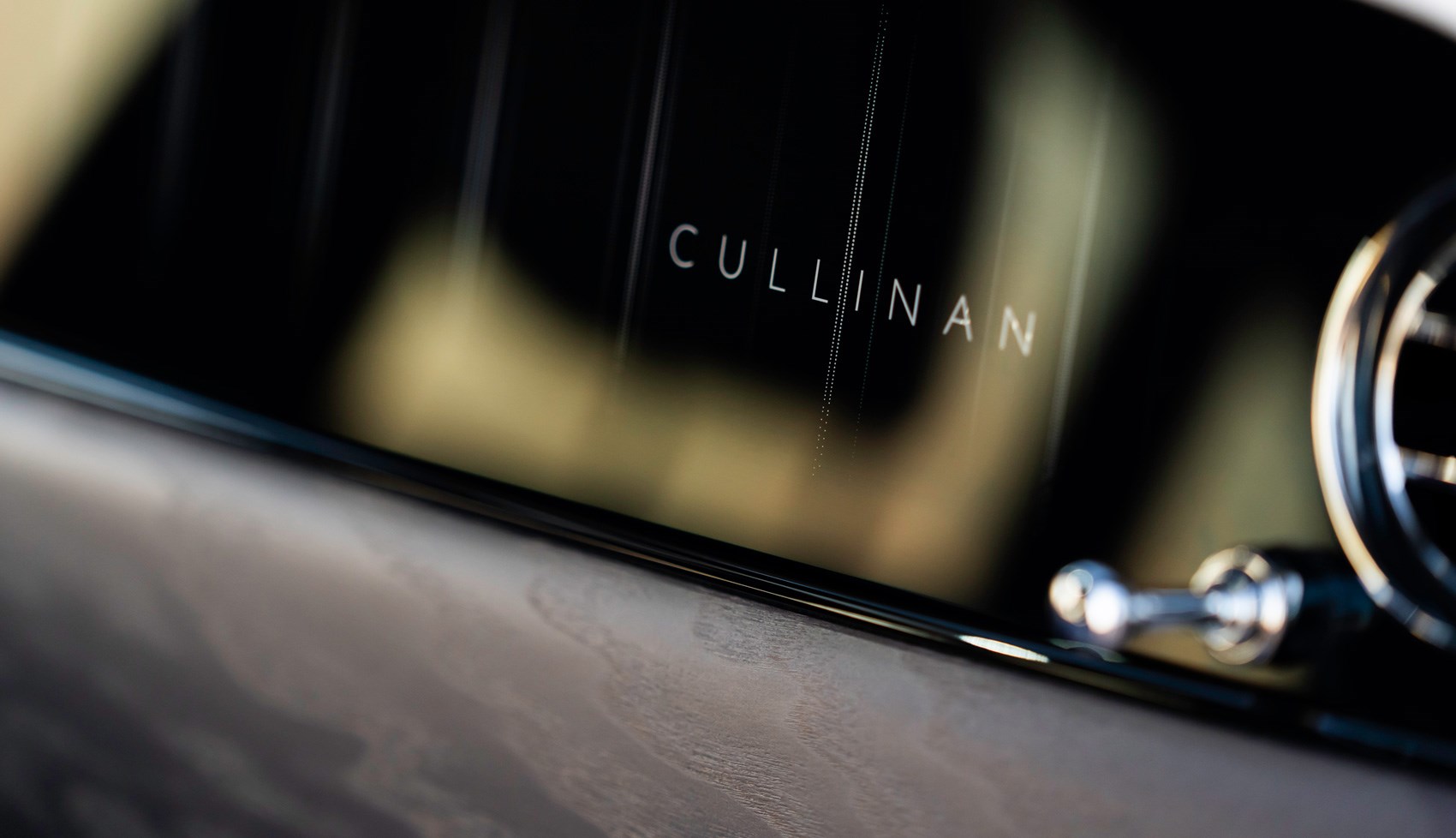
There are other big and expensive SUVs, other SUVs that don’t like being called SUVs, other SUVs from extremely prestigious brands, but there is nothing very close to the Cullinan. The Bentley Bentayga and Range Rover do many of the same things, but in their feel and details they offer a slightly different kind of luxury, and they’re dynamically sharper. A lot less expensive too. The Ferrari Purosangue has the glamorous name and the price, but is much lower and less roomy, and isn’t pretending to have any significant off-road ability.
And from Rolls-Royce’s point of view, its customers tend to be so very, very rich that they don’t need to choose between a Rolls-Royce and a Ferrari – they buy both.
Verdict: Rolls-Royce Cullinan Series II
In the cold, hard light of objective reality, Series II is the same as Series I, but with a new dash, new wheels, some slight visual changes and a handsome price rise. If you weren’t interested in Cullinan before, you won’t be now either.
If you want your big, luxurious SUV to be electric, or even hybridised, there’s nothing for you here – Range Rover and Bentley have more to offer.
But if you buy into the Rolls-Royce idea of luxury and sophistication, this is a step forward, albeit not a big one. The new infotainment works just fine. The suspension has been cleverly adjusted to cope with the increase in wheel size. The new daytime running lights look pretty dramatic at night.
It still drives impressively well for a tall, heavy car, with natural-feeling steering, vast amounts of torque and a degree of off-road ability. The brakes, as before, feel fractionally under-nourished, and ultimately the keen driver would be more satisfied by a lower car.
But for swooshing around in glorious comfort, arriving fresher than when you started the journey, this remains hugely impressive and desirable.